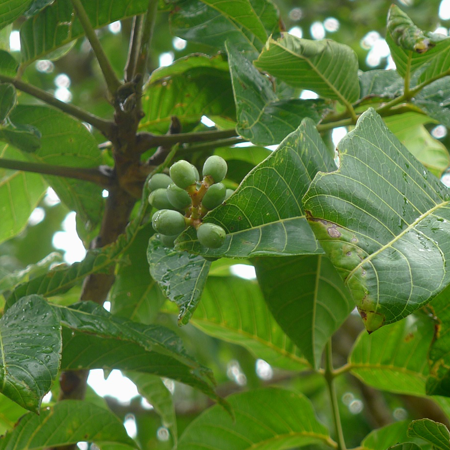

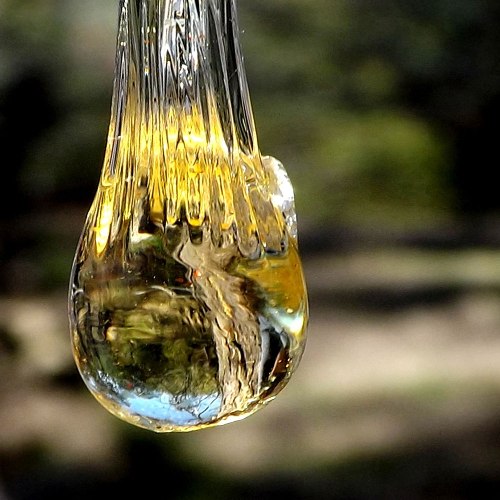
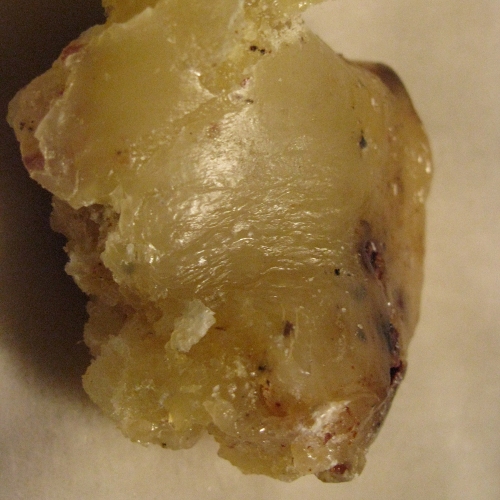
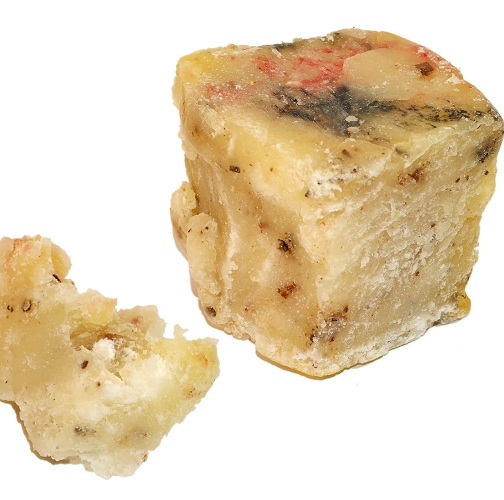
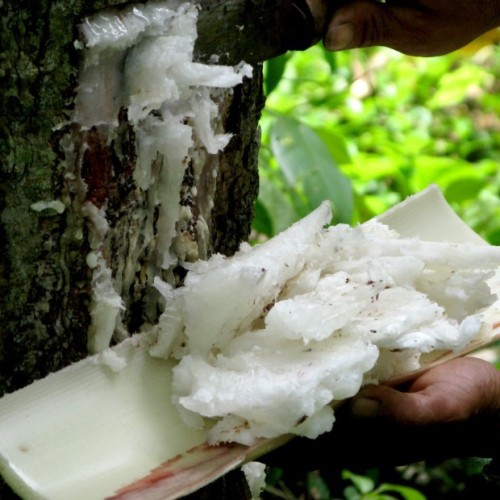
Botanical name Canarium luzonicum
Family Burseraceae
Source Resin
Origin Philippines
Processing Method Steam Distillation
Color/Consistency A thin, clear, colorless to pale yellow liquid.
Aromatic Summary / Note / Strength of Aroma Bright and crisp citrus with soft floral, slightly balsamic, spicy and herbaceous
Blends With Frankincense, Lavender, Rosemary, Myrrh and Sage.
Product Abstract
Elemi is a powerhouse oil that heals body, mind, and spirit. This exquisite oil, from the Bicol region of the Philippines, is the product of an artisanal resurgence occurring within the craft of pili tree resin harvest. It was previously thought that tapping the resin would kill the tree, leading to the loss of the beloved pili nut.
Elemi oil has aromatherapy applications similar to a frankincense oil. It benefits us during cold and flu season by providing soothing comfort to the head and lungs. Like frankincense, it is a perfect stress reducer and meditation oil. It profoundly improves the spiritual environment.
History
The word elemi has been used at various times to denote different resins. In the 17th and 18th centuries, the term usually denoted a resin from trees of the genus Icica in Brazil, and before that it meant the resin derived from Boswellia frereana. The word, like the older term animi, appears to have been derived from enhaemon the name of a styptic medicine said by Pliny to contain tears exuded by the olive tree of Arabia.
Harvesting/Extraction Information
Our organically crafted elemi essential oil is steam distilled from the naturally occurring resin of the tall, tropical elemi tree growing wild in the tropical rainforests of the Philippines. We love using this essential oil to help support healthy lung function, especially if one is experiencing a spastic cough or congested breathing.
Common Usage
Caution
There are no known threats except that Elemi Essential Oil can be irritating for people with certain skin types. Therefore, it should not be applied on the skin of babies.
Key constituents
(þ)-Limonene 26.9–65.0%
Elemol 2.8–17.3%
a-Phellandrene 4.3–15.1%
Elemicin 1.8–10.6%
p-Cymene 1.4–7.7%
a-Pinene 0.4–5.4%
1,8-Cineole <2.5%
b-Myrcene 0.6–2.4%
b-Phellandrene 0.8–1.6%
Sabinene 1.3–5.9%
b-Pinene 0.3–1.0%
Methyleugenol 0.2–0.3%
Quality May be adulterated with additional (þ)-limonene and a-phellandrene.
Safety summary
Hazards May contain methyleugenol; skin sensitization if oxidized
Cautions Old or oxidized oils should be avoided.
Maximum dermal use level:
EU 0.07%
IFRA 0.13%
Tisserand & Young No limit
Our safety advice
Based purely on 0.3% methyleugenol content, we would recommend a maximum dermal use level of 6.7% for elemi oil, applying a dermal maximum of 0.02%. However, since the antitumoral activity of (þ)-limonene is wide-ranging and includes human hepatoma cells, the high level of (þ)-limonene in elemi oil is likely to counter any potentially hepatocarcinogenic effect of the very small amount of methyleugenol. We therefore believe that no limit should be applied. We recommend that elemi oil is stored in a dark, airtight container in a refrigerator to minimize oxidation of its (þ)-limonene content. The addition of an antioxidant to preparations containing elemi oil is recommended.
Regulatory guidelines
IFRA recommends that the maximum concentration of methyleugenol for leave-on products such as body lotion should be 0.0004%. The equivalent SCCNFP maximum is 0.0002%. IFRA recommends that essential oils rich in limonene should only be used when the level of peroxides is kept to the lowest practical level, for instance by adding antioxidants at the time of production.
Organ-specific effects
Adverse skin reactions Undiluted elemi oil was slightly irritating to rabbits, but was not irritating to mice or pigs; tested at 4% on 25 volunteers it was neither irritating nor sensitizing. It is non-phototoxic. Autoxidation products of (þ)-limonene can cause skin sensitization Limonene profile.
Systemic effects
Acute toxicity Elemi oil acute oral LD50 in rats 3.37 g/kg; acute dermal LD50 in rabbits 5 g/kg.
Carcinogenic/anticarcinogenic potential No information found for elemi oil. Methyleugenol is a rodent carcinogen if exposure is sufficiently high; (þ)-limonene displays anticarcinogenic activity.
Comments
Elemi oil tends to resinify on ageing. In a report on trees it has been proposed by UNEP-WCMC that CITES add Canarium luzonicum to its list of threatened plant species.